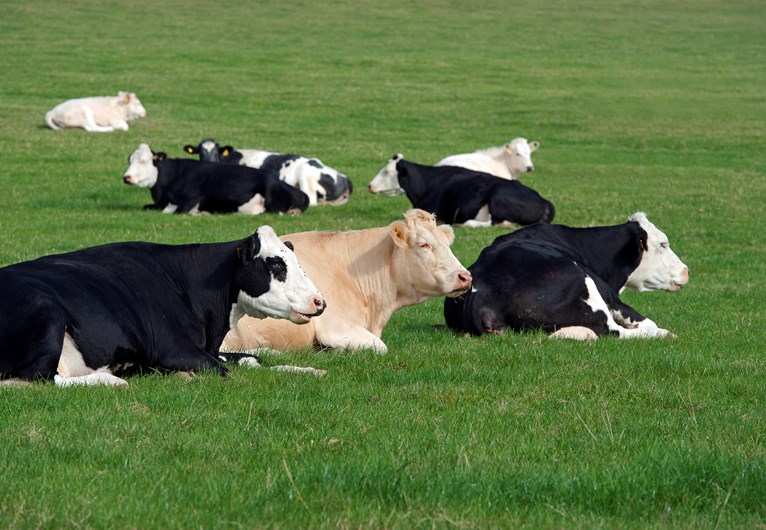Feeling hot, hot, hot?


We are all feeling the heat at the moment, and according to forecasts it is going to get hotter. Here is a reminder of some livestock health risks to consider during hot weather:
Heat stress – The upper critical temperature for cattle is 25°C, rising to 29°C for shorn sheep. During hot weather, ruminants will attempt to dissipate heat by panting to increase evaporation. The rumen is a major source of heat, and in response dry matter intakes, particularly of forage, may be reduced by 10–30%. Milking cows will generate more heat than dry cows, and the risk of heat stress is greater if humidity is also high. The consequences of heat stress include reductions in feed intake, milk yield and fertility. For more information download this AHDB document or read this NADIS article.
Water intoxication / salt poisoning – Access to water should be unrestricted and trough volume and refill times must be adequate. If water supply has been interrupted for any reason, thirsty animals should not be permitted free access to water. Sudden ingestion of water can lead to intravascular haemolysis, anaemia and haemoglobinuria. A rapid reduction in plasma salt concentration creates an osmotic gradient, swelling of tissues and increased intracranial pressure. Ataxia, convulsions and death can result. Beware of thirsty animals attempting to drink foot bath/sheep dip solutions or parlour washings.
Blue-green algae blooms – Sunny weather and evaporation increases the electrolyte concentration, particularly of shallow water, favouring algal blooms. Areas of fertiliser run-off with high K and N are also at risk. Microcystis aeruginosae is the most common species implicated and produces toxins which damage liver cells. Clinical signs can include colic, haemorrhagic diarrhoea and death. Photosensitisation may occur secondary to less severe liver damage. Pay particular attention to fields with ponds, as well as aftermaths grazed for the first time, where water troughs may not have been used yet this year.
Botulism – Clostridium botulinum proliferates in decaying animal and plant material and toxins are produced. Carcases in troughs/forage pose a risk, as does decaying plant material in ponds. Feeding waste vegetables is not without risk when temperatures are high.
PGE – Worm larvae can become trapped within faeces during hot, dry weather. When rain returns, a sudden release of larvae onto pasture may lead to outbreaks of parasitic gastroenteritis.
Nitrate toxicity – High levels of nitrate can accumulate in soil during conditions of drought and can be taken up by plants following wet weather, increasing the risk of nitrate toxicity. Nitrates are converted to nitrites in the rumen, and their absorption leads to anoxia, secondary to methaemoglobinaemia.
Posted by SRUC Veterinary Services on 18/07/2022
